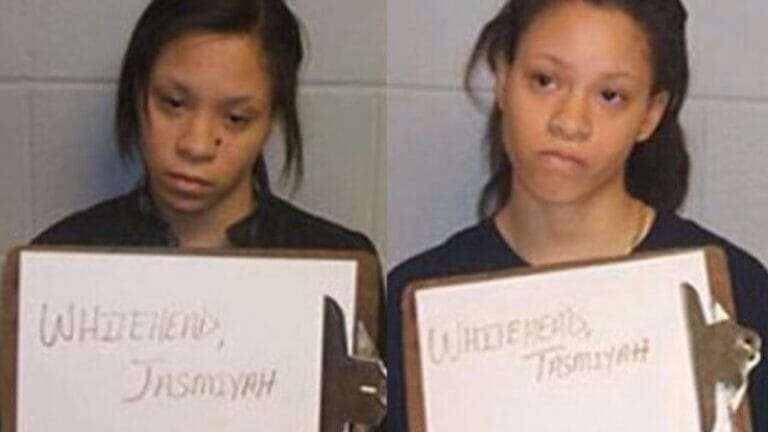Ruthann Veal Teen Killer Murders Elderly Woman
Ruthann Veal was fourteen when she stabbed a woman to death. According to court documents Ruthann Veal had run away from the group home she was in and during an attempted robbery would stab the victim twenty three times causing her death. Initially Ruthann Veal was sentenced to life in prison without parole however it…







